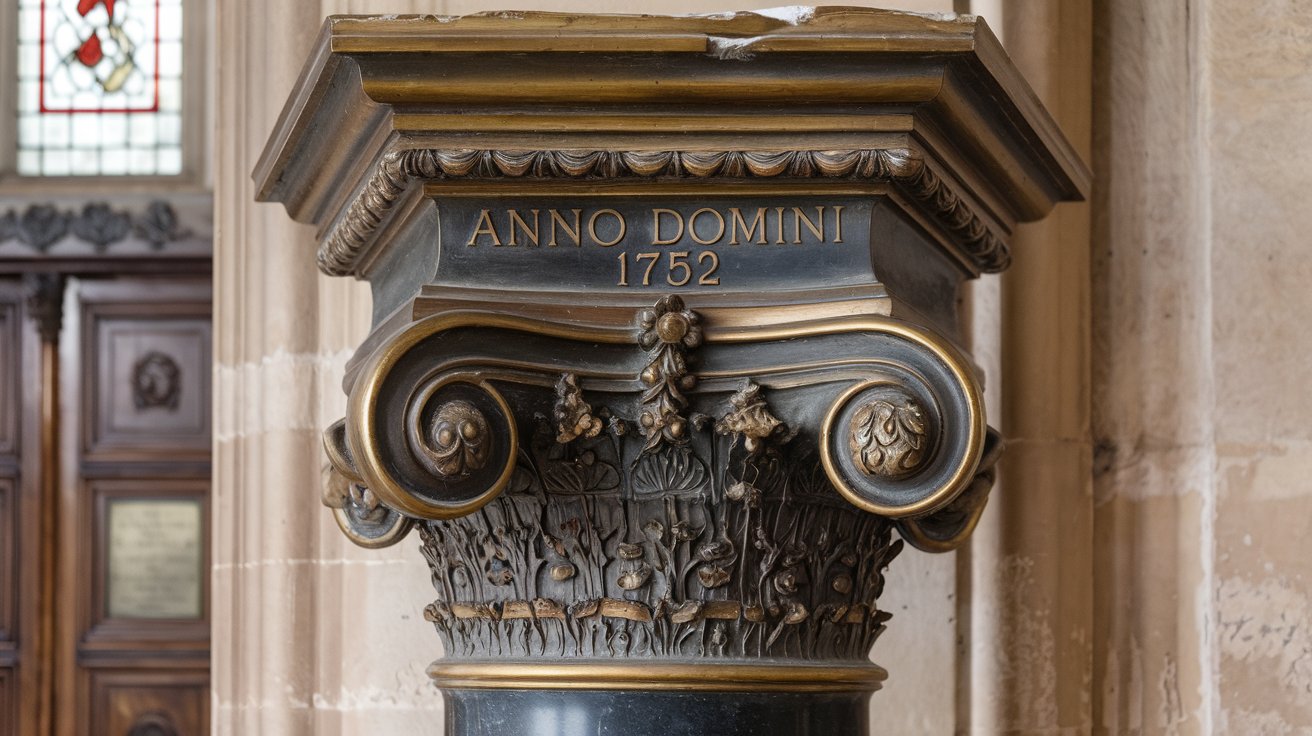
What is Anno Domini (AD)? Anno Domini (AD), Latin for "in the year of the Lord," is a system of numbering years based on the birth of Jesus Christ. Introduced by the monk Dionysius Exiguus in the 6th century, this dating method aimed to replace the Roman system with a more accurate timeline. Over time, AD became the standard for historical records and administrative purposes, spreading throughout Europe and beyond. Today, it's often referred to as the Common Era (CE) to maintain neutrality. Despite criticisms and alternative calendars, AD remains a cornerstone in understanding historical timelines, cultural contexts, and scientific observations.
What is Anno Domini (AD)?
The Anno Domini (AD) era, also known as the Common Era (CE), is a system of numbering years based on the birth of Jesus Christ. This system has been the standard for over a thousand years. Let's dive into some fascinating facts about AD.
-
Origin and Meaning: "Anno Domini" is Latin for "in the year of the Lord." It was introduced by Dionysius Exiguus, a monk from Rome, in the 6th century to provide a more accurate method of dating events compared to the Roman system.
-
Introduction by Dionysius Exiguus: Dionysius Exiguus introduced the AD system in his book "Cyclus Paschalis" (Easter Cycle) around 525 AD. He chose the year 1 AD to be the year of Jesus Christ's birth, which is now widely accepted as the year 1 BC.
Alternative Names and Historical Context
The AD system is known by different names and has a rich historical background. Here are some key points.
-
Alternative Names: The AD system is also called the Common Era (CE) in many parts of the world. This term avoids any reference to Jesus Christ and is used by those who prefer a more neutral dating system.
-
Historical Context: The AD system was introduced during a time of significant change in Europe. The Roman Empire was declining, and Christianity was spreading rapidly. A standardized system of dating became crucial for historical records and administrative purposes.
Spread, Adoption, and Criticism
The AD system's journey to becoming a global standard wasn't without its challenges and criticisms.
-
Spread and Adoption: The AD system gradually spread throughout Europe and eventually became the standard method of dating years. It was widely adopted by the Catholic Church and other Christian denominations, which helped in its widespread acceptance.
-
Criticism and Controversy: The AD system has faced criticism over the years, particularly from scholars who argue that it is based on a flawed assumption about Jesus Christ's birth year. Some also argue that it is biased towards Christianity and excludes other cultures and faiths.
Alternative Dating Systems and Calendar Reforms
Various alternative dating systems have been proposed, and significant calendar reforms have taken place over the centuries.
-
Alternative Dating Systems: Several alternative dating systems have been proposed over the centuries, including the Islamic calendar, the Hebrew calendar, and the Julian calendar. Each of these systems has its own unique characteristics and methods of dating years.
-
Julian Calendar and Its Impact: The Julian calendar, introduced by Julius Caesar in 45 BCE, was the primary calendar used in Europe before the AD system. However, it had a leap year error that added up to about 11 minutes per year, leading to a discrepancy of about 10 days over centuries.
-
Gregorian Calendar Reform: In 1582, Pope Gregory XIII introduced the Gregorian calendar, which corrected the leap year error of the Julian calendar. The new calendar dropped 10 days from the month of October in that year to align with astronomical observations.
Global Adoption and Cultural Impact
The AD system's adoption has had a profound impact on history, culture, and science.
-
Global Adoption of the Gregorian Calendar: The Gregorian calendar gradually replaced the Julian calendar in many parts of the world. However, some Eastern Orthodox churches and a few other cultures continue to use the Julian calendar for various reasons.
-
Impact on History and Culture: The AD system has influenced art, literature, and science by providing a common framework for understanding time and events.
-
Historical Records and Documentation: The AD system has facilitated the creation and maintenance of historical records. It has allowed scholars to organize and analyze vast amounts of data, providing insights into past civilizations and events.
Scientific Observations and Cultural Significance
The AD system has been crucial for scientific observations and carries significant cultural and religious connotations.
-
Scientific and Astronomical Observations: The AD system has been crucial for scientific and astronomical observations. By providing a consistent method of dating events, scientists have been able to track celestial movements and make precise calculations about the universe.
-
Cultural and Religious Significance: The AD system carries significant cultural and religious connotations. For Christians, it serves as a reminder of the birth of Jesus Christ, while for others, it represents a neutral or secular way of dating years.
Global Usage, Digital Age, and Education
The AD system's relevance continues in the digital age and education.
-
Global Usage and Variations: The AD system is widely used globally, but there are variations and adaptations in different cultures. For example, some countries use the CE system instead of AD, while others may use a combination of both.
-
Digital Age and Its Impact: The advent of the digital age has further solidified the use of the AD system. Computers and software programs rely on standardized date formats to process and store data efficiently.
-
Educational Significance: Understanding the AD system is essential in education. It helps students grasp historical timelines, cultural contexts, and the evolution of human societies over time.
Interfaith Dialogue, Archaeology, and Future Challenges
The AD system plays a role in interfaith dialogue and archaeological research and faces future challenges.
-
Interfaith Dialogue and Understanding: The AD system can serve as a tool for interfaith dialogue and understanding. By acknowledging the diversity of cultural and religious practices, it promotes tolerance and respect among different communities.
-
Archaeological and Historical Research: Archaeologists and historians rely heavily on the AD system to date artifacts and events accurately. This precision is crucial for reconstructing past societies and understanding their development.
-
Future Developments and Challenges: As technology advances, there may be new challenges and opportunities related to the AD system. The increasing use of digital calendars and timekeeping systems may necessitate further refinements or adaptations to ensure consistency and accuracy.
The Lasting Impact of Anno Domini
Anno Domini (AD) has shaped how we understand and record time. Introduced by Dionysius Exiguus in the 6th century, this system replaced older methods and became the backbone of historical records. Despite some criticism and alternative calendars, AD remains widely used globally. The Gregorian calendar reform in 1582 further solidified its accuracy.
AD's influence extends beyond history books. It plays a crucial role in scientific research, cultural traditions, and even digital technology. By providing a consistent framework, it helps us connect past events with the present and future. Understanding AD isn't just about knowing dates; it's about appreciating a system that has unified diverse cultures and facilitated global communication.
As technology evolves, the AD system will likely adapt, but its core purpose—helping us make sense of time—will remain unchanged.
Was this page helpful?
Our commitment to delivering trustworthy and engaging content is at the heart of what we do. Each fact on our site is contributed by real users like you, bringing a wealth of diverse insights and information. To ensure the highest standards of accuracy and reliability, our dedicated editors meticulously review each submission. This process guarantees that the facts we share are not only fascinating but also credible. Trust in our commitment to quality and authenticity as you explore and learn with us.


